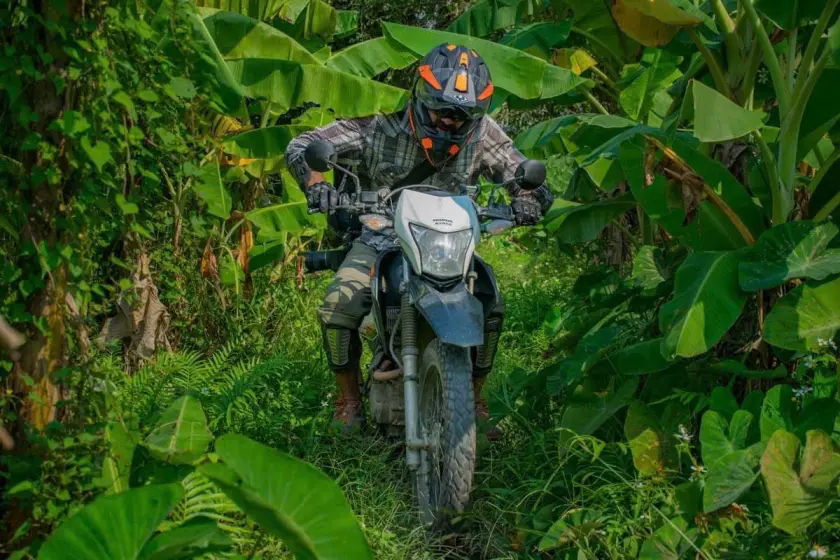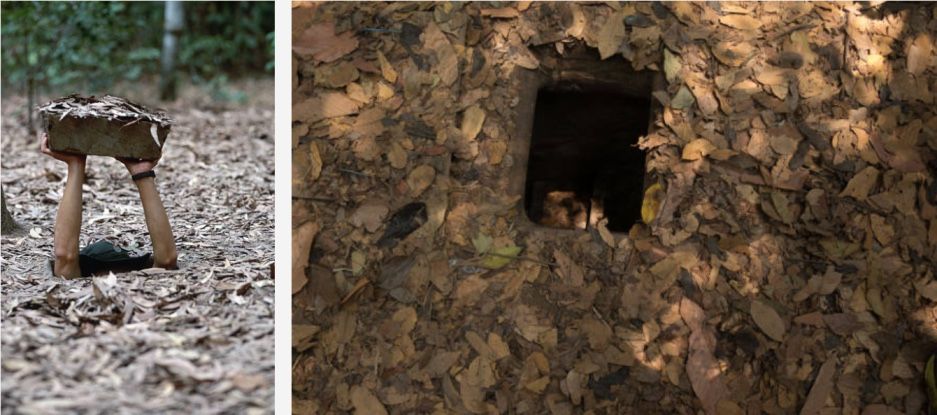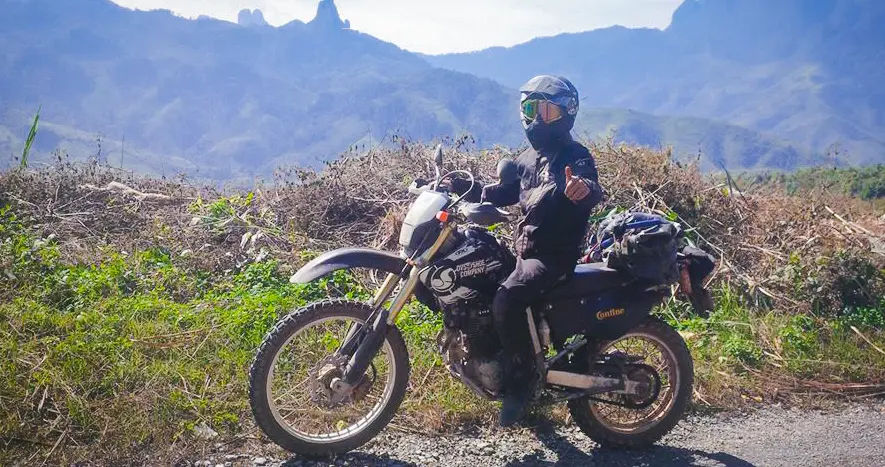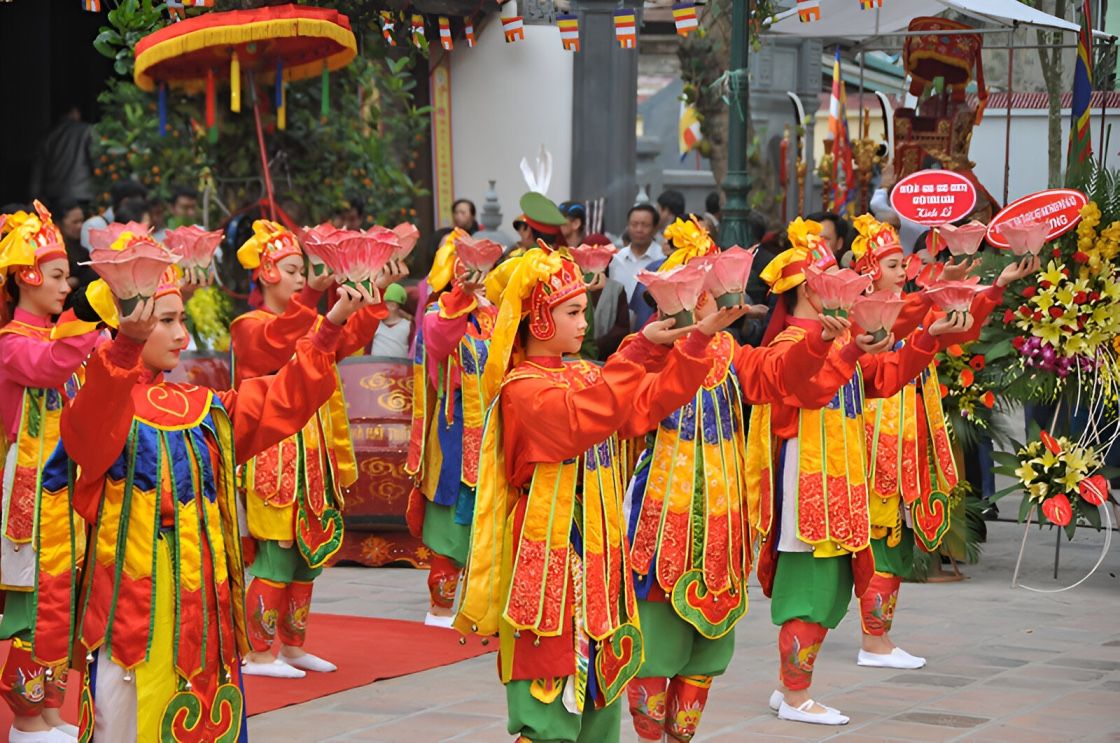
The Cu Chi Tunnels showcase a vast underground network that Vietnamese soldiers actively built and used during the war. Today, this remarkable site attracts travelers eager to explore Vietnam’s wartime history firsthand. Visitors can walk through narrow passages, see how the tunnels were constructed, and witness the Viet Cong’s ingenuity and resilience. As you journey through this historic landmark, you’ll gain a deeper understanding of Vietnam’s past and the strategic role the Cu Chi Tunnels played in the country’s fight for independence.
General Information About the Cu Chi Tunnels
The Cu Chi Tunnels are among the most iconic wartime relics in Ho Chi Minh City. This vast underground maze preserves the heroic legacy of Vietnamese resistance during both the French and American wars. A visit here lets you experience the resilience and determination of those who lived and fought in these tunnels.
Stretching over 250 kilometers across six communes in Cu Chi District, the tunnels are extremely hot, dark, and tight—barely over 1 meter high and 60 centimeters wide. One American soldier compared them to the New York subway system, reflecting their complexity and scale. You might ask, “How did anyone live here for months?” Step inside, and you’ll quickly understand both the challenge and the triumph.
Where Are the Cu Chi Tunnels Located?
The Cu Chi Tunnels sit at TL15, Phu Hiep, Cu Chi District, Ho Chi Minh City, about 70 kilometers northwest of downtown Saigon. Getting there is easy by bus, taxi, or motorbike, making it a perfect day trip for history enthusiasts.
There are two major sections open to visitors:
- Ben Dinh Tunnels: Located in Nhuan Duc Commune, these are slightly reconstructed for safety and tourism.
- Ben Duoc Tunnels: Found in Phu My Hung Commune, this larger and more authentic site offers a deeper look into wartime history.
Cu Chi Tunnels Entry Fees (2025)
As of 2025, here are the official ticket prices for the Cu Chi Tunnels:
| Visitor Type | Price |
|---|---|
| Vietnamese Adults | 35,000 VND (~$1.30 USD) |
| Foreign Visitors | 70,000 VND (~$2.60 USD) |
| Children (7–16 years), Students | 50% off regular price |
| Children under 7, Seniors, Veterans, Low-Income Households | Free |
Additional experiences include:
- Liberation Zone tour: 85,000 VND (~$3.30 USD)
- Tunnel crawling experience: 20,000 VND (~$0.80 USD)
- Interactive games: 50,000 VND (~$2.00 USD)
The tunnel complex is about 2 kilometers from the gate. You can walk or take an electric cart for 5,000 VND (~$0.20 USD).
Opening Hours
The tunnels open daily from 7:00 AM to 5:00 PM. For cooler weather and fewer crowds, arrive early in the morning or before 2 PM. Bring water, a hat, and wear lightweight clothes.
How to Get to Cu Chi Tunnels from Ho Chi Minh City
- Taxi: Fastest option (~1.5 hours), but more expensive.
- Public Bus: Cheapest (~2.5 hours, 27,000 VND)
- Motorbike or Car: Flexible option, but requires GPS navigation.
- Speedboat Tour: Unique river journey (~75 minutes) from Tan Cang Pier. Boats leave at 7:30 AM.
Historical Background of the Cu Chi Tunnels
First built in the late 1940s during resistance against French colonial forces, the Cu Chi Tunnels began as small shelters. By the 1960s, during the American War, they had evolved into a vast underground network supporting the Viet Cong’s guerrilla operations.
This underground city stretched over 250 kilometers and included kitchens, clinics, storage rooms, and classrooms. The tunnels were dug manually with basic tools, and soil was secretly dispersed. Entrances were cleverly disguised to remain hidden from both aerial and ground surveillance.
Life underground was harsh. Yet, the tunnels symbolized resilience, ingenuity, and unity. They played a critical role in shaping Vietnam’s victory and national pride.
What to See at the Cu Chi Tunnels
Interactive Tunnel Maps
Maps throughout the complex highlight the intricate network—complete with rooms, trapdoors, supply routes, and escape exits. These maps reveal the tactical brilliance behind every chamber and crawl space.
Booby Traps and Tactical Defense
The tunnel defenses included clever bamboo spike traps, swinging snares, and trapdoors—all camouflaged to slow enemy troops. Replicas of these booby traps are on display, showing wartime strategy built from limited resources.
Underground Survival Life
Life underground demanded extreme endurance. Soldiers slept, cooked, healed, and trained in darkness. Meals often consisted of boiled cassava, and smoke had to be vented through hidden chimneys. Despite adversity, community spirit thrived below ground.
Other Attractions at the Cu Chi Tunnels
Reconstructed Village Zone
Above ground, a recreated village depicts life during wartime with huts, makeshift classrooms, and kitchen scenes. Guided tours add deeper stories and cultural context.
AK-47 and Paintball Shooting
Try real gun shooting under supervision or enjoy a paintball game in a jungle setting. These activities add an adrenaline-packed twist to your historical visit.
Cu Chi Wildlife Rescue Station
Located nearby, this conservation center rescues animals from illegal trade. Visitors can see gibbons, turtles, bears, and more while learning about Vietnam’s ecological efforts.
Real Stories from Cu Chi
Cu Chi is more than tunnels—it’s the legacy of real people. Phạm Sáng, known as “the entertainer underground,” boosted morale with nightly music during bombings, turning fear into hope.
Another hero, Võ Thị Mơ, was a teenage scout who led soldiers through hidden routes. She once saved an entire unit by guiding them to a secret escape, earning her the nickname “the ghost in black pajamas.”
These stories bring Cu Chi’s history to life, reminding us that survival depended not only on tunnels but also on the courage of those inside them.
Final Thoughts
Visiting Cu Chi Tunnels is a powerful and moving experience. It reveals not only Vietnam’s military strategy but also its human spirit. Go with curiosity, leave with deep respect—and carry these stories wherever you travel next.
FAQs About Cu Chi Tunnels
Is it safe to enter the Cu Chi Tunnels?
Which is better: Ben Dinh or Ben Duoc?
Do I need a guide?
How long should I spend there?
About the Author
THU is a travel writer and researcher based in Vietnam, specializing in historical landmarks, cultural experiences, and practical guides for modern travelers. With firsthand experience and local insights, THU provides trusted, up-to-date content optimized for international readers and digital platforms.
Citation Readiness
This article is based on verified sources including official data from the Cu Chi Tunnel site, historical museum records, and updated visitor information as of September 2025. All prices, opening hours, and transportation details were cross-checked for accuracy. Content is structured for both AI-readiness and Google SEO indexing, ensuring trustworthy travel guidance for 2025–2026 visitors.











